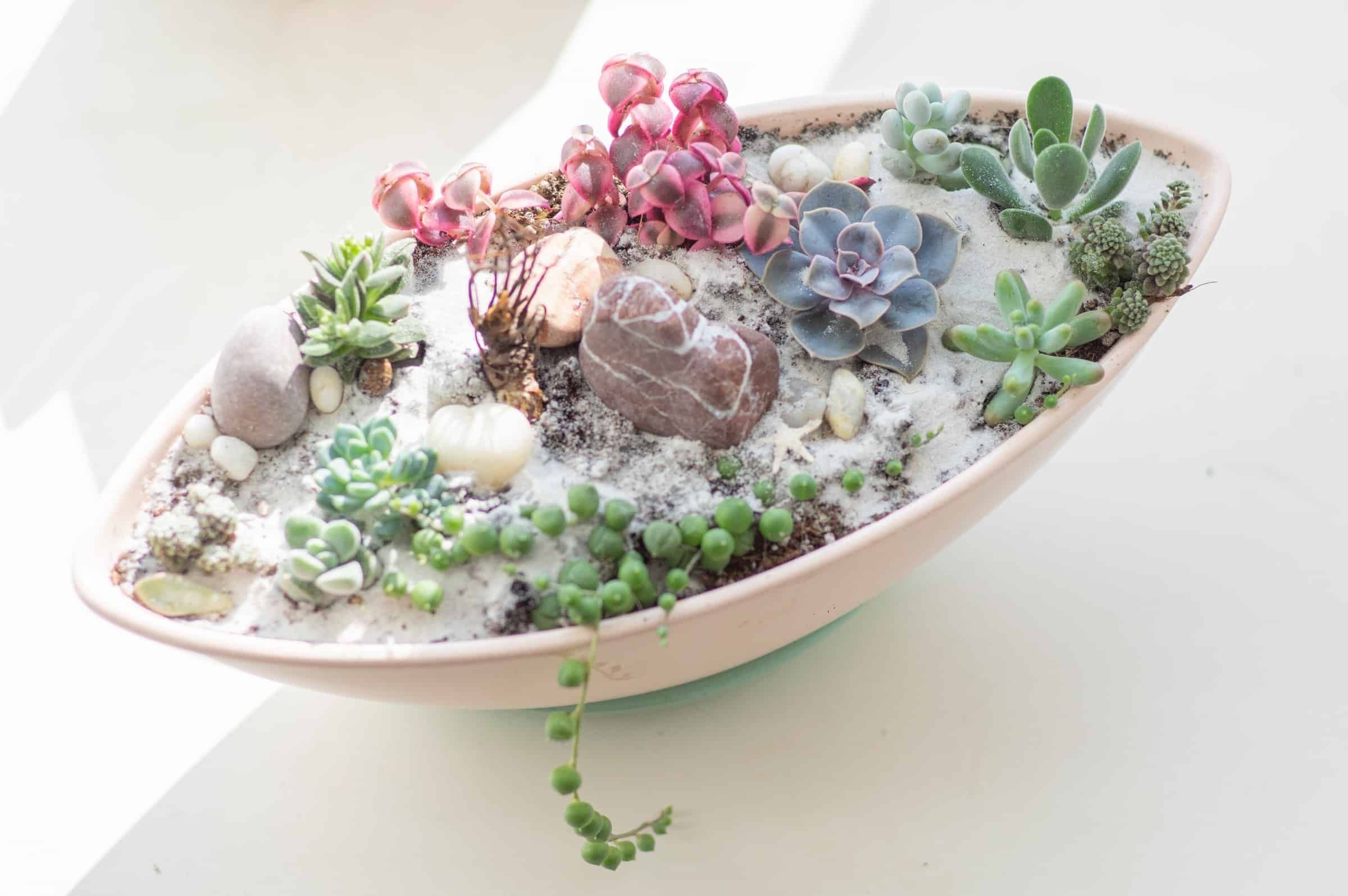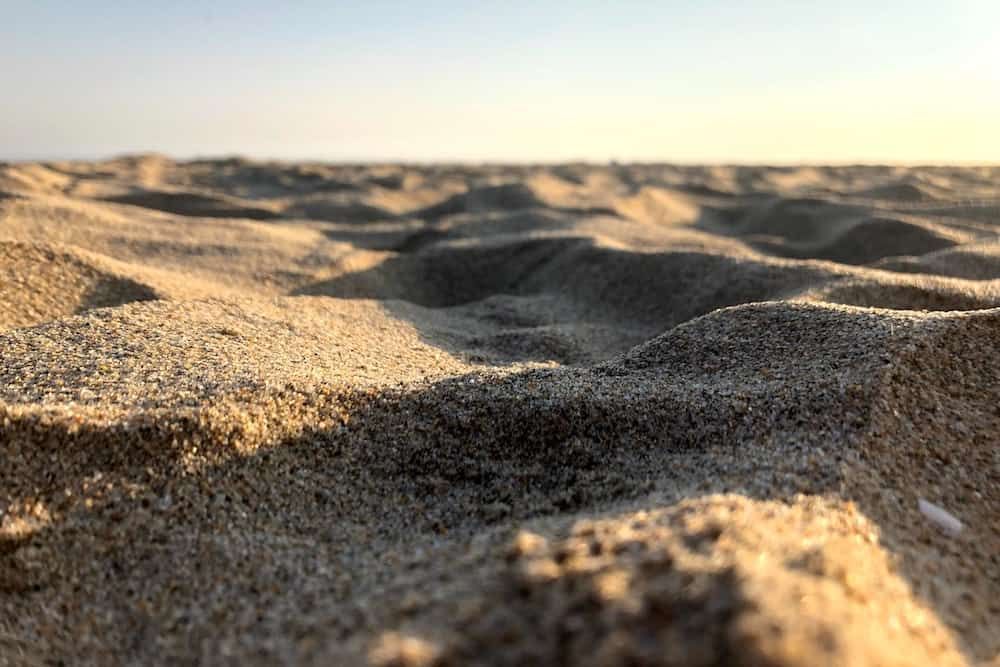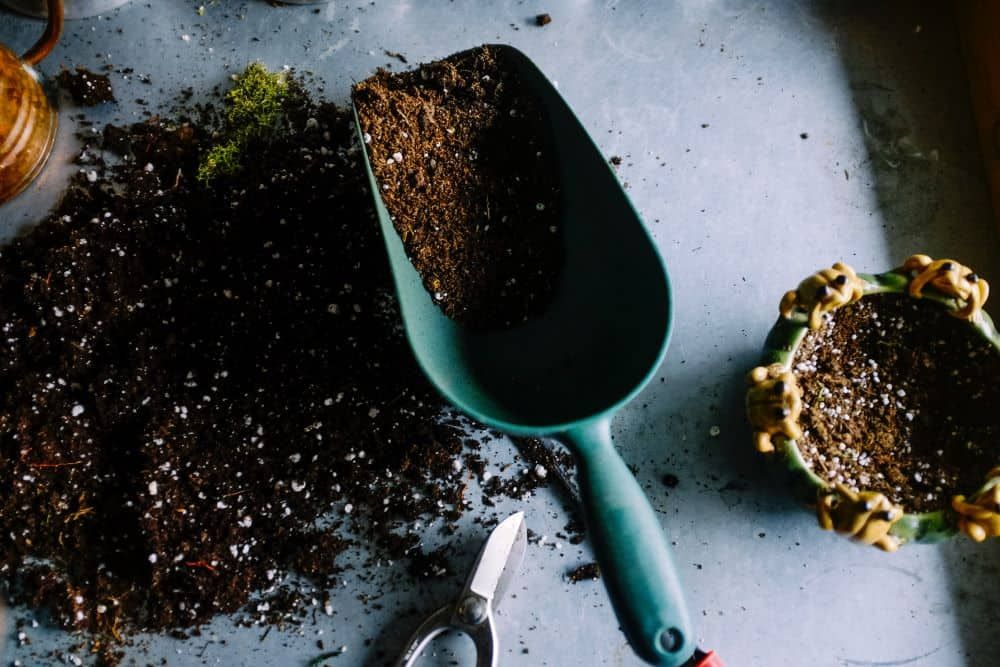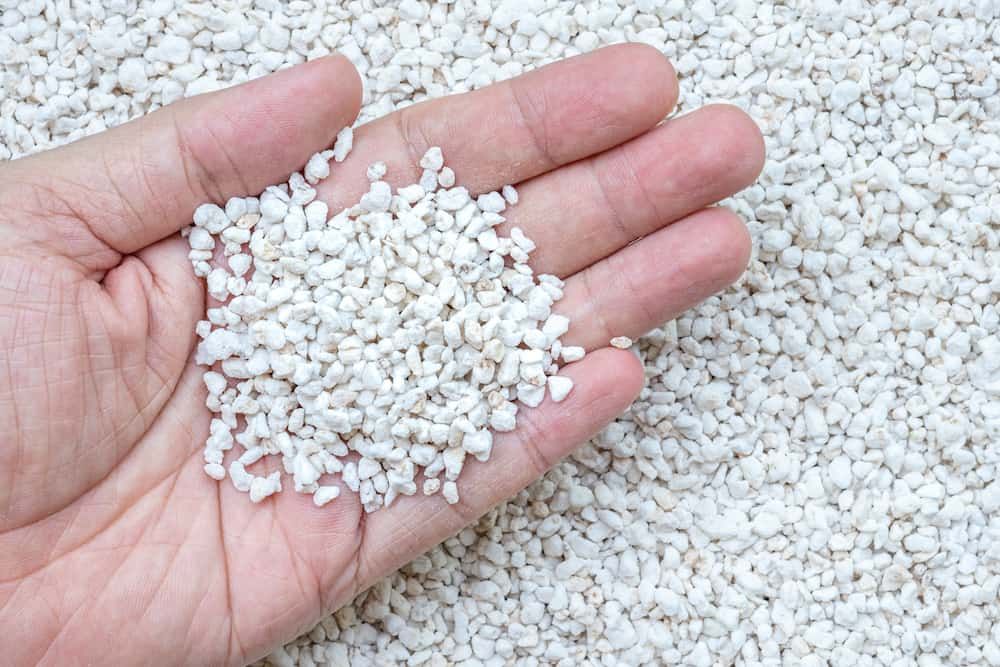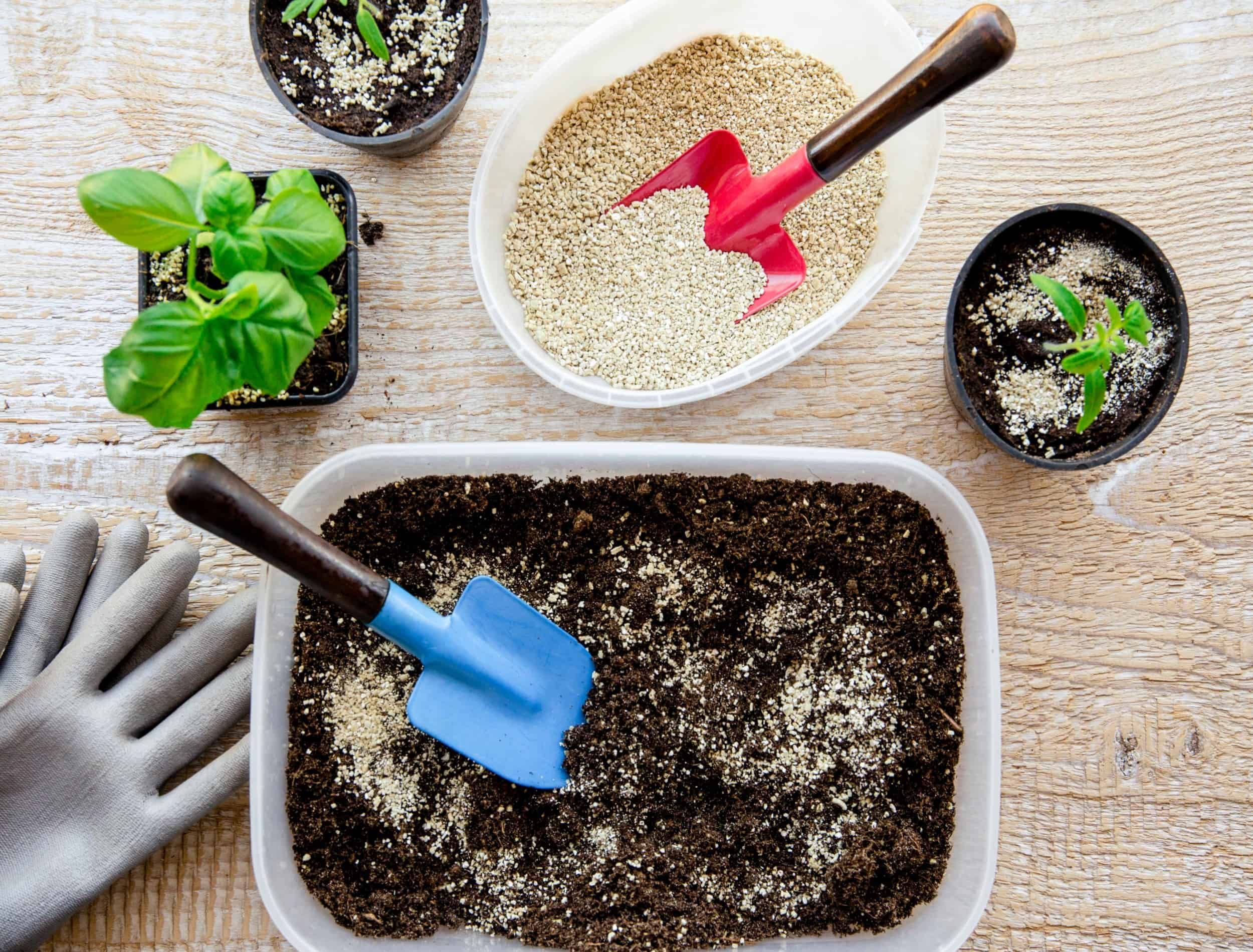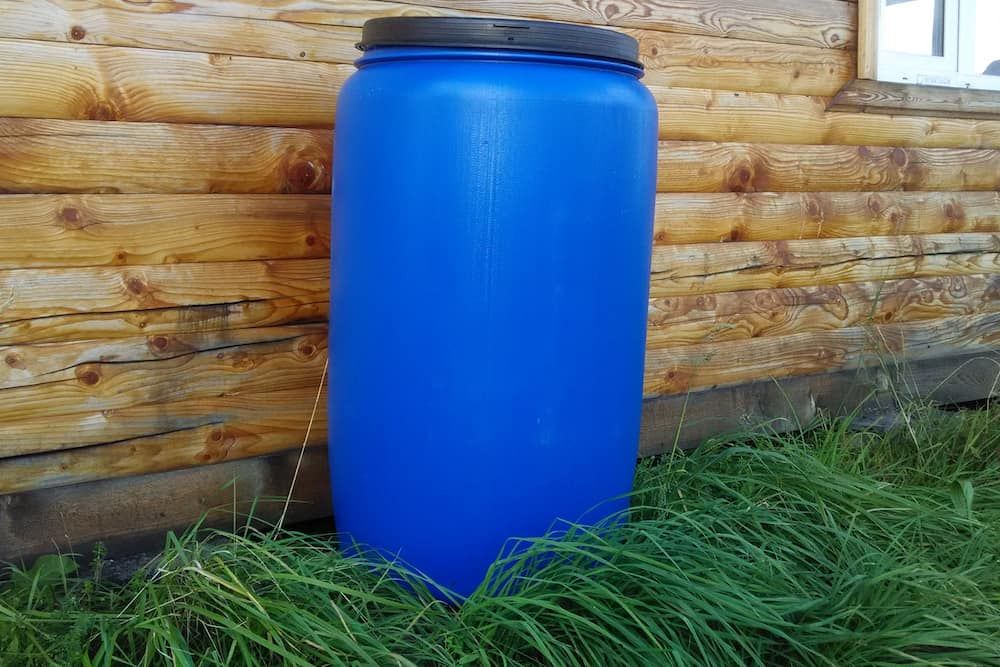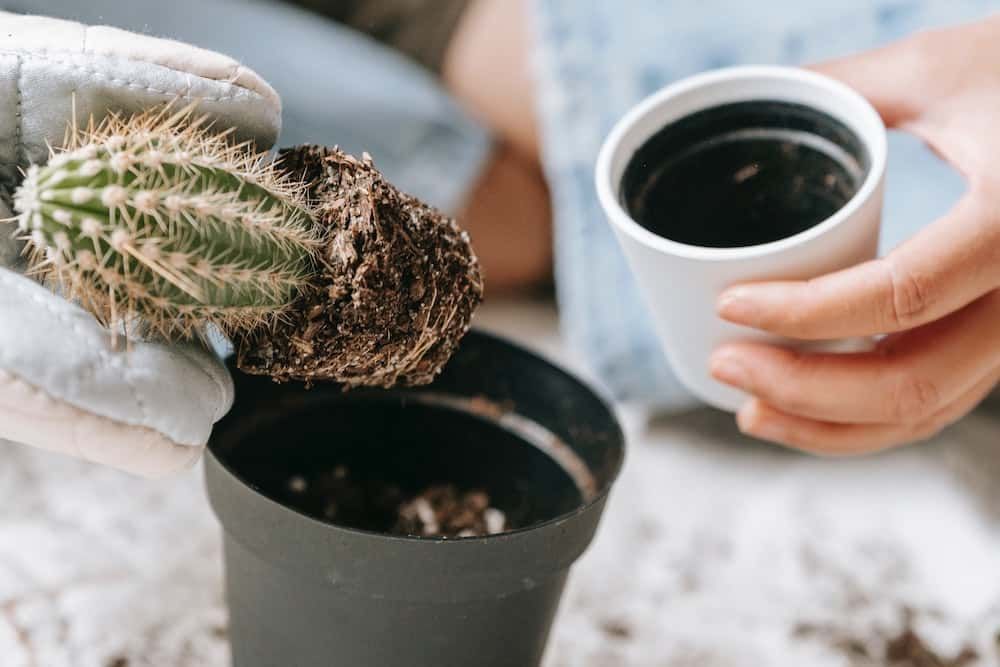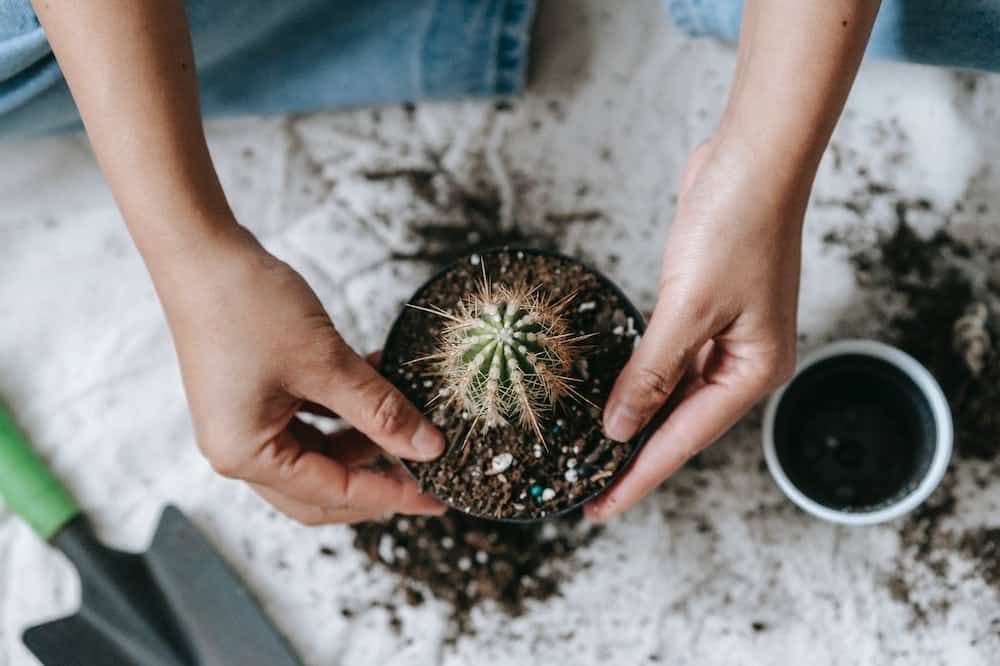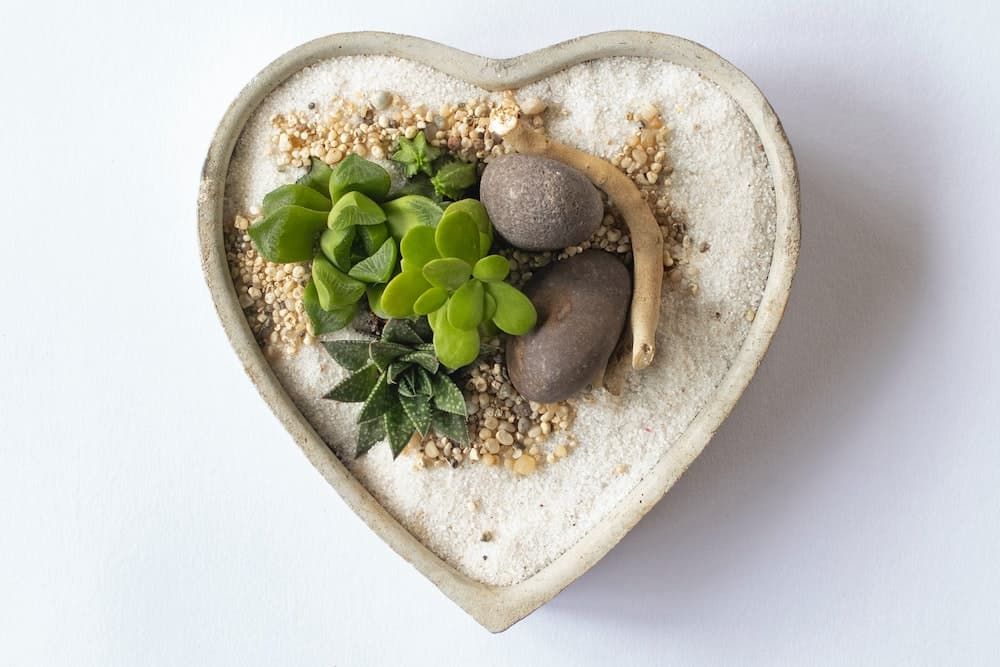Succulents are gorgeous and hardy plants that are known for their low maintenance. However, the truth is that if you don’t manage to give the perfect conditions that mimic their natural environment, the chances of their demise are quite high. The reason for this is that succulents are typically native to deserts, so they are different from your usual houseplants.
One of the most common succulent garden mistakes you can make is choosing the wrong type of potting soil. While plenty of premade potting mixes are available on the market, there are also a few good recipes for DIY potting soil mix for succulents you can make at home.
Read on to find out what potting soil is best for succulents and how to make it yourself.
What are the Ideal Characteristics of Succulent Soil
Image credits: Elena Mozhvilo via Unsplash
Potting soil mixes are made of a combination of organic matter and minerals. Organic matter like worm castings, compost, and manure are used to help retain moisture and provide nutrients, whereas minerals like clay, silt, and sand promote better soil drainage.
Because succulents like and tolerate a drier climate, you mustn’t use too much organic matter. Keep it at a lower percentage than the traditional all-purpose mixes and ensure that your preferred potting soil is grainy with a lot of sand, perlite, or pumice.
Main Components for Succulent Potting Soil
When preparing or buying the potting soil for your succulents, always include the three main components - sand, potting soil, and pumice or perlite. Of course, the ratio will depend on the succulent type and your personal preference. However, the best overall ratio is 2:2:1 sand, to potting soil, to perlite/pumice.
1. Coarse Sand
Image credits: Matt M via Pexels
This is one of the most crucial parts of a succulent potting mix. It is important for drainage and aeration. Moreover, it delivers a texture that is perfect for these plants. However, avoid fine sands because they do not provide good drainage.
2. Potting Soil
Image credits: Neslihan Gunaydin via Unsplash
In this type of potting mix, you will not be using as much soil as you would for your other plants. It is important because it brings the organic matter and nutrients that your succulents will need. However, ensure that it is well-draining. Furthermore, do not use gardening soils, especially not heavy black ones, because they are formulated for water retention rather than drainage.
3. Pumice or Perlite
Image credits: RPA Studio via Shutterstock
These aggregates are usually added to improve aeration and drainage. You should choose one of the two to use. And while they both are equally good, a lot of gardeners prefer using pumice due to its light weight. However, perlite is easier to find, which typically makes it the first choice, especially among amateur gardeners.
Making Your Own DIY Soil Mix
Image credit: FotoHelin via Shutterstock
One of the biggest benefits of making your succulent mix is that it’s very cost-efficient, and you get to choose what to put in, thus choosing the best ingredients for your plants. To mix your soil, you will need:
- A measuring container
- Trowel
- Mixing container (a bucket or a potting tray).
One of the more popular DIY succulent soil recipes is:
- 2 parts potting soil
- 2 parts coarse sand (poultry grit or maybe surface)
- 1 part pumice or perlite
Use your measuring container and mix the ingredients well in the container. You can mix it either by hand or using your trowel. That's it, it's ready for use!
How to Store Your Leftover Potting Soil Mix
Image credits: MrCardholder via Shutterstock
One of the benefits of making your potting mix is that you can choose the batches in which you make it. However, if you decide to make a big batch of potting mix, there’s even more good news - you can store succulent soil for quite a while. Put it in a big airtight container to make sure that no bugs or fungi get in there.
Common Succulent Soil Issues
Compaction
Image credits: Teona Swift via Pexels
If you try to water your plant and the water sits on top, and the soil absorbs little to none of it, then the issue may be soil compaction. While this is a rare issue in succulent soil, it can still occur, especially if the plant hasn’t been watered in a while or the organic matter level is too high. In such cases, it is best to repot your plant and use new soil, containing extra pumice, perlite, or sand.
Too Many Nutrients
Image credits: Teona Swift via Pexels
If your succulent doesn’t grow in a balanced way, this could mean that there are too many nutrients in your soil. Excess nitrogen is usually the biggest issue causing damage to the roots and leaves.
In such situations, you should add sand and perlite to your mix to reduce the organic matter level in the mix.
Frequently Asked Questions
Image credits: Art and Soil Bangalore via Unsplash
1. Should you water succulents right before repotting?
Simply, no. You should water your succulents a few days before you intend to repot them. This will allow the roots enough time to dry and the leaves to retain all the moisture they need so they can. This helps them go a few more days without needing to be watered after repotting.
2. When's the best time to repot succulents?
In early spring or early fall, just before the start of their growing season. This is typically the case for most plants, as you want them to have time to adjust to their new environment.
3. How often should succulents be repotted?
At least once every two years. Delayed repotting can cause root rot, especially if your plant has overgrown its current pot.
4. Is topsoil good for succulents?
Yes, as long as you use a good amount of drainage materials to promote proper drainage. Topsoil contains all the necessary nutrients such as nitrogen and phosphate.
5. Do succulents need top dressing?
You've seen people placing pebbles, gravel, and large rocks on top of their succulent soil. This is to absorb the heat from the sun or air as naturally as possible because warm soil stimulates root development. If you experience hot climates, use light-colored pebbles, gravel, or rocks to reflect the heat and maintain a steady temperature for your succulents.
That's It, The Perfect Mix
While succulents may seem like easy plants to care for, there are a few tricks to caring for them. Perhaps the most important aspect is the soil you will use. Remember, more than anything, your mix must have high drainage and aeration compared to water retention! This will ensure that your succulents will thrive, and there will be no root rot.
Hopefully, this article helped you in your care for your succulents. Make sure you leave a comment down below telling us about your experience with succulents and ask any questions you may have. Don't forget to share this article if you enjoyed it!
Happy Gardening!


